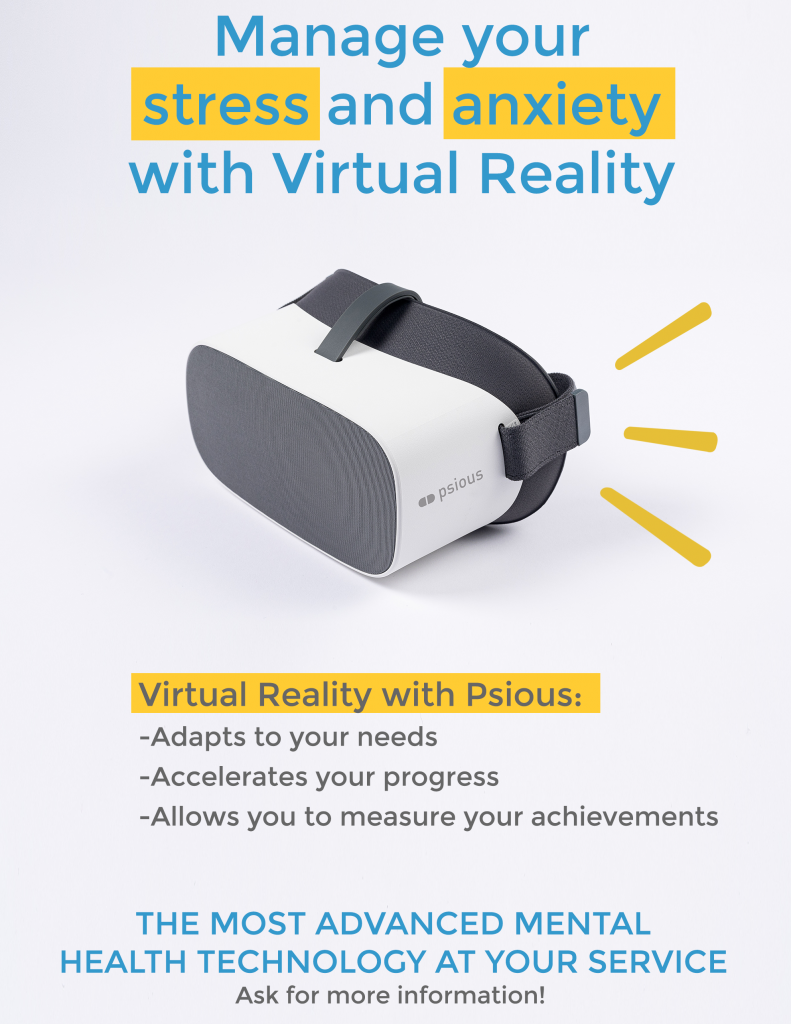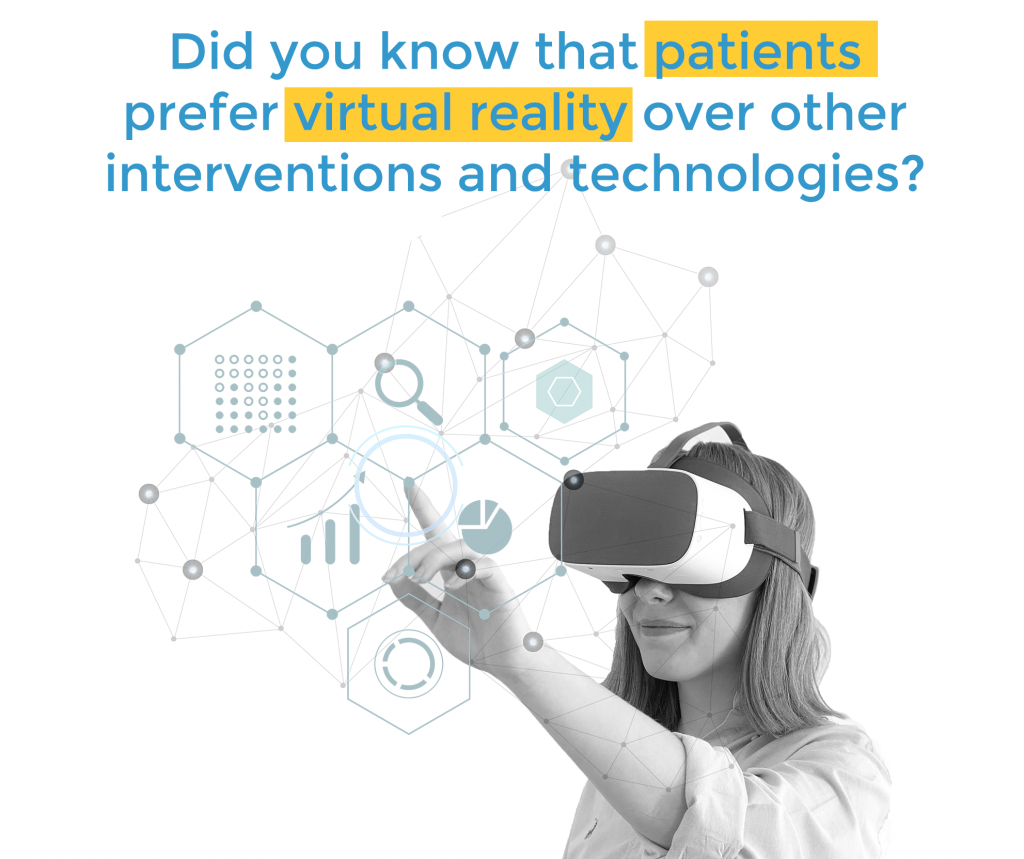

Stress & trauma, and virtual reality
Trauma and Stress-related disorders include disorders in which exposure to a traumatic or stressful event is listed explicitly as a diagnostic criterion. These include reactive attachment disorder, disinhibited social engagement disorder, posttraumatic stress disorder (PTSD), acute stress disorder, and adjustment disorders (APA, 1994).
Posttraumatic stress disorder (PTSD) is a psychiatric disorder that can occur in people who have experienced or witnessed a traumatic event such as a natural disaster, a serious accident, a terrorist act, war/combat, rape or other violent personal assault. People with PTSD have intense, disturbing thoughts and feelings related to their experience that last long after the traumatic event has ended. They may relive the event through flashbacks or nightmares; they may feel sadness, fear or anger; and they may feel detached or estranged from other people. People with PTSD may avoid situations or people that remind them of the traumatic event, and they may have strong negative reactions to something as ordinary as a loud noise or an accidental touch. A diagnosis of PTSD requires exposure to an upsetting traumatic event. However, exposure could be indirect rather than first hand. For example, PTSD could occur in an individual learning about the violent death of a close family. It can also occur as a result of repeated exposure to horrible details of trauma such as police officers exposed to details of child abuse cases (adapted from: https://www.psychiatry.org/patients-families/ptsd/what-is-ptsd).
A World Health Organization study found a lifetime prevalence of PTSD in upper-middle income and lower-middle income countries of 2.3 and 2.1 percent respectively (Koenen KC et al., 2017 ).
Virtual Reality (VR) was proposed over two decades ago (Rothbaum et al., 1995) as a potentially useful tool to assist in the activation of the fear structure given its ability to present customizable visual, auditory, tactile, or olfactory stimuli. VR-based improvements to emotional engagement could overcome barriers in activation of the fear structure, such as avoidance (Foa, Huppert, & Cahill, 2006) and improved clinical outcomes. Studies of VR exposure (VRE) therapy for PTSD have repeatedly demonstrated reductions in PTSD symptoms following treatment (Difede et al., 2007, 2014; Reger et al., 2011; Rizzo, Difede, Rothbaum, & Reger, 2010; Rothbaum, Hodges, Ready, Graap, & Alarcon, 2001; Rothbaum et al., 2014).
This manual describes different Psious tools designed to help healthcare professionals on assessment and treatment in general and work related-stress and post-traumatic stress disorder.
Remote sessions with Psious for smartphone
WHAT IS PSIOUS FOR SMARTPHONE?
It is our version of the Psious App for smartphone devices, both Android and iOS. Its main purpose is to be able to conduct remote sessions with patients without the need to go to the office.
Psious for smartphone has the same functionalities as its PICO counterpart but also has the possibility of 2D sessions without the need for external virtual reality devices.
To download the app you can use the following links:
129© Psious 20210.5.0https://widget-v2.froged.com/?slug=fhkkys&sesionId=0576bb6f-95db-4c8d-9a07-fa0108db6440&sdob=e30=https://widget-v2.froged.com/?slug=fhkkys&sesionId=0576bb6f-95db-4c8d-9a07-fa0108db6440&sdob=e30=https://app.hubspot.com/conversations-visitor/2876316/threads/utk/f1452f25cd4c4c81b841f31c0e11a19c?uuid=7b3cee705d1447738c3ed31ab993748d&mobile=false&mobileSafari=false&hideWelcomeMessage=false&hstc=54339511.65da37630ebcb1ea78530e4e27bc8be8.1636659050422.1636659050422.1636663204249.2&domain=psious.pro&inApp53=false&messagesUtk=f1452f25cd4c4c81b841f31c0e11a19c&url=https%3A%2F%2Fpsious.pro%2F&inline=false&isFullscreen=false&globalCookieOptOut=null&isFirstVisitorSession=true&isAttachmentDisabled=false&enableWidgetCookieBanner=false&isInCMS=false&hubspotUtk=65da37630ebcb1ea78530e4e27bc8be8
Social anxiety and virtual reality
The fifth version of the Diagnostic and Statistical Manual of Mental Disorders (DSM-V), replaces the old term of social phobia with Social Anxiety Disorder. This modification represents a change in the conceptualization of the disorder, in which it is understood that the condition exists in a variety of social settings.
Virtual Reality (VR) is a beneficial tool for the treatment of Social Phobia, as it exposes the patient to social interactions, cognitive restructuring, social skills training and allows to train the patient on relaxation techniques. Moreover, the virtual exposure can be applied in an anxiogenic or unfavorable situation (seated, noisy, mid-conversation, etc), which is useful to design the exposure to the patient’s needs.